Recovery after injury
Rehabilitation after injury is part of a treatment program that is aimed at restoring the functions of damaged tissues and structures. The stages of rehabilitation vary depending on the nature of the injury and include physical therapy techniques tailored to each patient. The effectiveness of procedures depends on their timely and correct application.

specialists

equipment

treatment
Modern methods of rehabilitation after fractures
Thanks to innovative technologies, the recovery process is faster and more efficient, which has a positive effect on overall health.
The rehabilitation course includes 5-10 procedures, with an interval of 2-5 days at the initial stage and 7-20 days at the final stage.
During rehabilitation, various methods can be used, each of which promotes accelerated recovery of the body after injuries and operations.
Doctors can prescribe a course of magnetic therapy, mud therapy and hydrotherapy. Magnetic therapy is used to reduce pain and inflammation and improve blood circulation. Mud therapy and hydrotherapy are effective in complex therapy. They promote muscle relaxation, improve metabolism and generally strengthen the body.
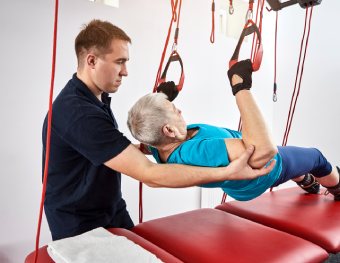
The main methods of rehabilitation after fractures include the following:
- CPM-mechanotherapy This technique is based on the use of rehabilitation simulators that provide constant passive movement in the area of injury. This effect promotes active mobilization of joints and prevents the formation of contractures.
- Methodology PNF Restores motor skills and coordination of movement. Provides individual sessions with a physiotherapist, during which the patient performs a set of exercises developed taking into account his needs. The doctor also draws up a series of goals, the achievement of which serves as an additional incentive for recovery. The technique has no contraindications and demonstrates positive results in a short time.
- IASTM-therapy Aimed at improving muscle and connective tissue mobility. The essence of the procedure is to perform a massage using special tools - blades. They reduce pain and improve body functions.
- Kinesiotherapy NEURAC Designed to restore weakened deep muscles and reduce tension in overloaded muscles. During classes, the REDCORD suspension system is used, which ensures restoration of the musculoskeletal system without additional stress on it.
Other rehabilitation methods
Rehabilitation for ankle sprains
Ankle sprain is one of the most common injuries. In the first 72 hours after injury, physical therapy techniques are used to speed up the healing process. An experienced doctor selects the best procedures, taking into account the degree and nature of the damage, the ability of the tissue to recover, as well as the presence of other diseases in the patient.
After eliminating acute symptoms, it is recommended to engage in physical therapy (physical therapy) to strengthen the ligaments and tendons. The exercise therapy program begins with a light warm-up, gradually adding more complex exercises to the complex. It is important that there is no pain or discomfort during exercise.
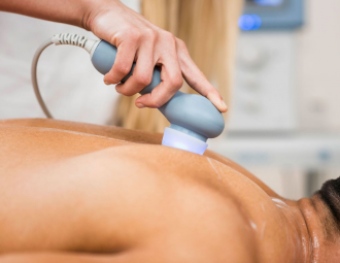
Basic physiotherapy techniques for ligament restoration:
- Ultrasonic exposure Ultrasound improves microcirculation, relaxes muscles and reduces inflammation, activates intracellular processes and accelerates tissue healing.
- Paraffin applications Paraffin improves blood circulation, relieves inflammation and pain, making tissue more elastic and mobile.
- Magnetotherapy Magnetic fields reduce pain and swelling, improve tissue metabolism, and also activate regenerative processes.
- Shock wave therapy (SWT) Stimulates tissue renewal, promotes the destruction of pathological formations such as spurs and calcifications, resulting in improved joint mobility and reduced pain levels.
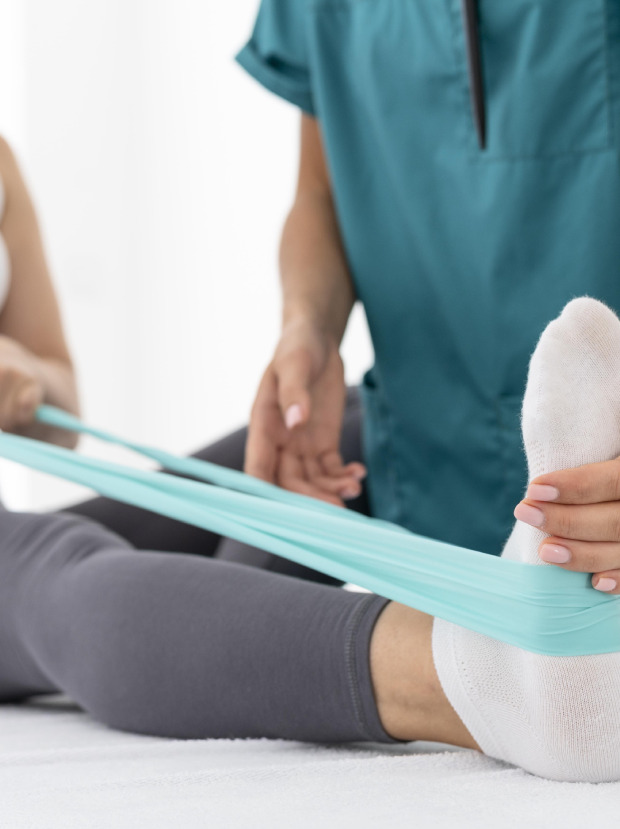
After receiving a sports injury, both professionals and amateurs are advised to undergo a rehabilitation program consisting of the following activities:
- Physiotherapy. Various techniques are used - phototherapy to eliminate the inflammatory process, myoneurostimulation to activate muscle activity, electrophoresis to reduce pain.
- Therapeutic physical education (physical therapy). With the help of exercises on simulators, you can strengthen muscles and ligaments, increase endurance and performance of the body.
- Manual techniques. Osteopathy and massage help improve blood circulation, relieve internal blocks and spasms, and increase joint mobility.
- PRP therapy (platelet rich plasma therapy). This method consists of introducing platelet-rich plasma from the patient into damaged tissue, which activates the regeneration process, accelerates healing and restoration of tissue after injury.
- SVF therapy (stem cell therapy from adipose tissue). This procedure uses stem cells obtained from the patient's fat tissue to stimulate the regeneration and healing of damaged tissue, improving the function of the affected areas.
- Kinesio taping. A Japanese technique that reduces the load on damaged areas, supports them, eliminates pain and improves local blood circulation.
- Manual therapy based on the concepts of Mulligan and Kaltenborn-Event. These techniques are aimed at quickly eliminating pain and increasing joint mobility.
It is also useful to engage in medical fitness after an injury. Practices such as yoga and Pilates are actively used in rehabilitation programs. They help relieve stress after injury, evenly distribute physical activity and promote rapid recovery.
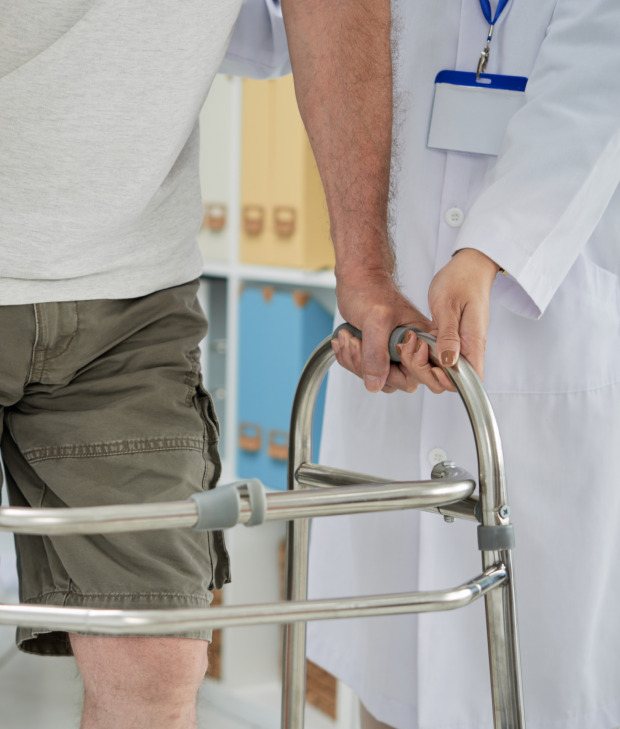
Tranumatic brain injury (TBI) is considered one of the most serious injuries that cause disturbances in the functioning of the brain. In our clinic, doctors use both the latest and classic, time-tested recovery techniques.
Basic methods of rehabilitation after traumatic brain injury:
- Osteopathy. The essence of the treatment is the impact of the osteopath’s hands on certain parts of the head, neck and spinal column, which helps relieve muscle tension, ensures better nerve conduction and normalizes blood circulation.
- Pharmacopuncture. The combination of acupuncture with drug therapy is aimed at improving blood supply and nutrition to the brain.
- Exercise therapy and kinesiotherapy. Special sets of exercises are designed to restore and strengthen atrophied muscles.
- Physiotherapeutic procedures. Laser therapy, electrophoresis, and magnetic therapy help “awaken” the brain and stimulate its recovery.
- Work with a speech therapist and neuropsychologist. Patients who experience speech or memory impairments are offered an individual rehabilitation course tailored to their needs.
Also, do not forget about additional techniques that have a positive effect on the general condition of the patient. For example, manual therapy provides relaxation and normalization of muscle tone, which improves blood supply to the brain. Yoga therapy and Pilates are recommended in the later stages of rehabilitation to gently work out muscles and ligaments.
Answers to popular questions
How to develop a leg after a fracture and how to develop a leg after a fracture?
What to do if you tore ligaments in your leg?
How is rehabilitation after a knee injury?
What is included in the rehabilitation period after an injury?
What steps should you take to recover from a broken leg?
What consequences can occur after a traumatic brain injury?

This award is given to clinics with the highest ratings according to user ratings, a large number of requests from this site, and in the absence of critical violations.

This award is given to clinics with the highest ratings according to user ratings. It means that the place is known, loved, and definitely worth visiting.

The ProDoctors portal collected 500 thousand reviews, compiled a rating of doctors based on them and awarded the best. We are proud that our doctors are among those awarded.
Make an appointment at a convenient time on the nearest date
Price
Other services
Correction of congenital chest deformities
Reconstruction of the mammary glands after oncology
Correction of previous operations Scar correction Autodermoplasty Surgical correction of Poland's syndromeReviews 10






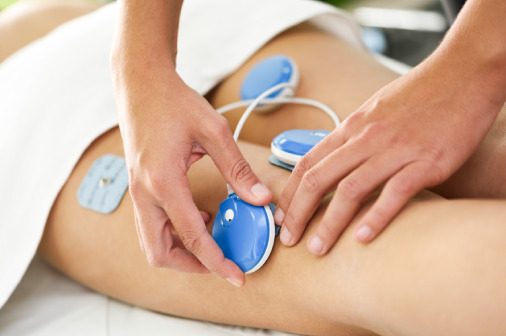

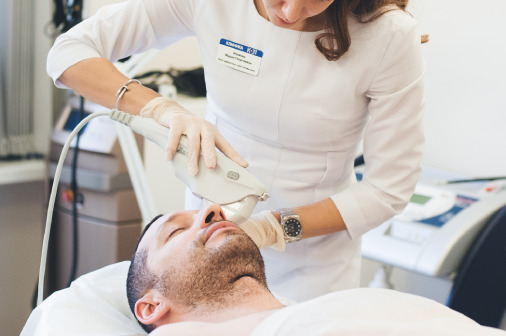
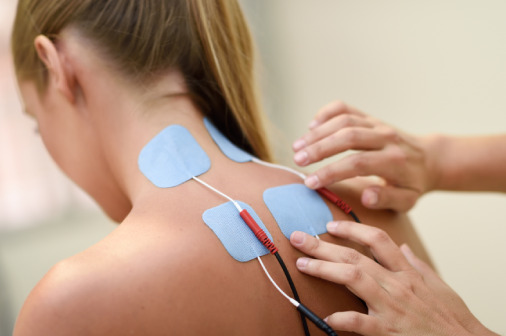
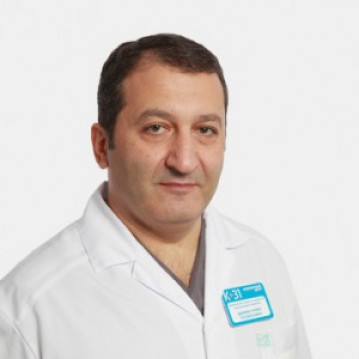
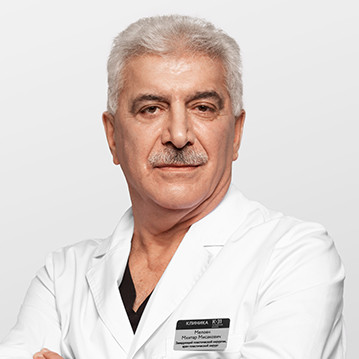
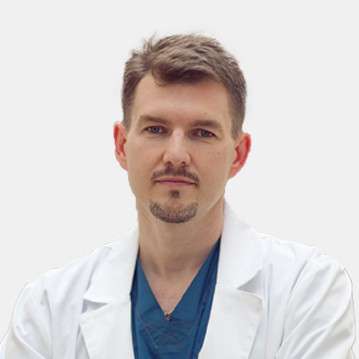
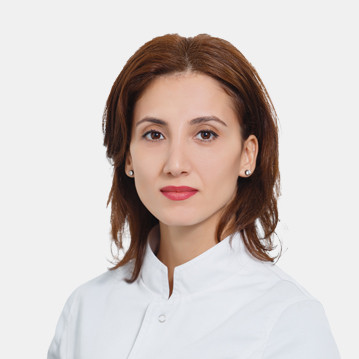



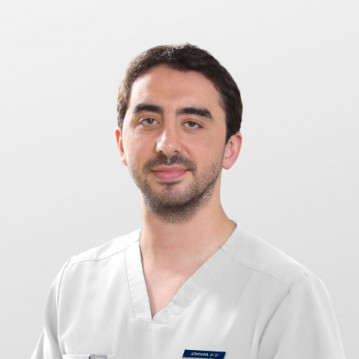




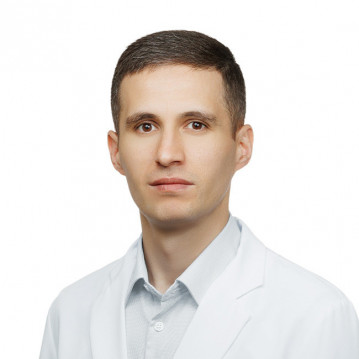





Why is rehabilitation needed?
Rehabilitation after injuries is aimed at treating the consequences of fractures, bruises and sprains, as well as restoring the normal function of damaged parts of the body and the body as a whole. During rehabilitation, physiotherapeutic procedures, massage, physical therapy and other methods are used. Particular attention is paid to restoring motor skills, improving blood circulation and strengthening the muscle corset. Effective rehabilitation helps the patient quickly return to normal life and minimize the risk of re-injury.
Most often, rehabilitation is required for patients with the following problems:
After an injury, damage to bones, joints, ligaments and other body structures is often detected. They cause pain and interfere with the normal function of the affected area. The period of immobilization required for treatment leads to weakening and atrophy of the muscles due to lack of movement. The rehabilitation process includes techniques aimed at reducing pain, improving mobility and restoring muscle strength.